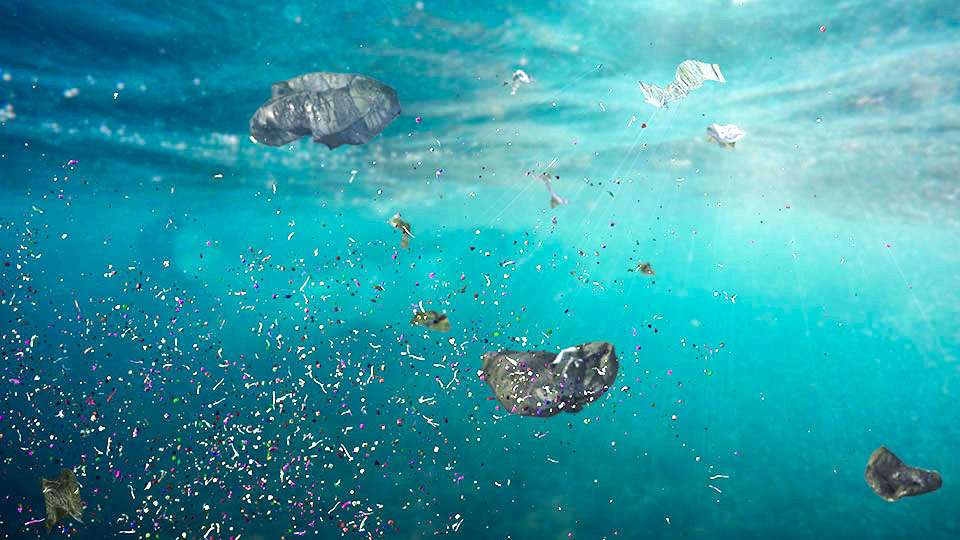https://drive.google.com/file/d/18GxVodW9RLRYxYJmZhYK57e5JMzLu4MM/view
Using Machine Learning, Image Recognition, and Computer Vision to detect microplastics in water samples.
The following need to be installed to successfully run the model and aPI.
| Google Colab | Flask API |
|---|---|
| tensorflow | tensorflow |
| drive | Flask |
| numpy | numpy |
| os | os |
| skimage.color | Pillow |
| matplotlib | |
| sklearn | |
| MobileNetV2 |
A copy of Google Colab notebook is saved in the Github in the P4_MicroPystics.ipynb file.
- H5 and TR versions are also available on the Github.
With 781 image samples of microplastics and 781 control samples, our model reached an accuracy of 70.9% with 59.0% loss.
Our model utilized Transfer Learning by using MobileNetV2. The model iteself is Sequential, with four Dense Layers, combiled using Adam. And cooked for 50 epochs. The layers are arranged a such:
- Layer 1: 256 nodes, relu activation
- Layer 2: 128 nodes, elu activation
- Layer 3: 64 nodes, leaky_relu activation
- Layer 4: 1 node, sigmoid activation
The model is decently reliable in finding microplastics, however it is prone to false positives. Additional image data would be needed for more accurate predictions.
MIT
If there are any questions or concerns, we can be reached at:








